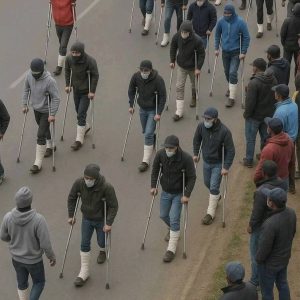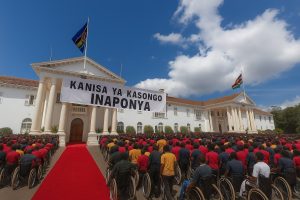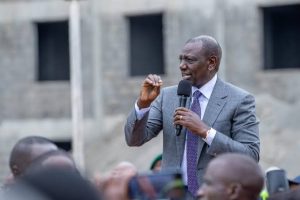Politics
Kenyans Turn Ruto’s ‘Shoot-the-legs’ Order Into Digital Defiance
This isn’t just digital noise – it’s a sophisticated form of political resistance that bypasses traditional media gatekeepers and state censorship.
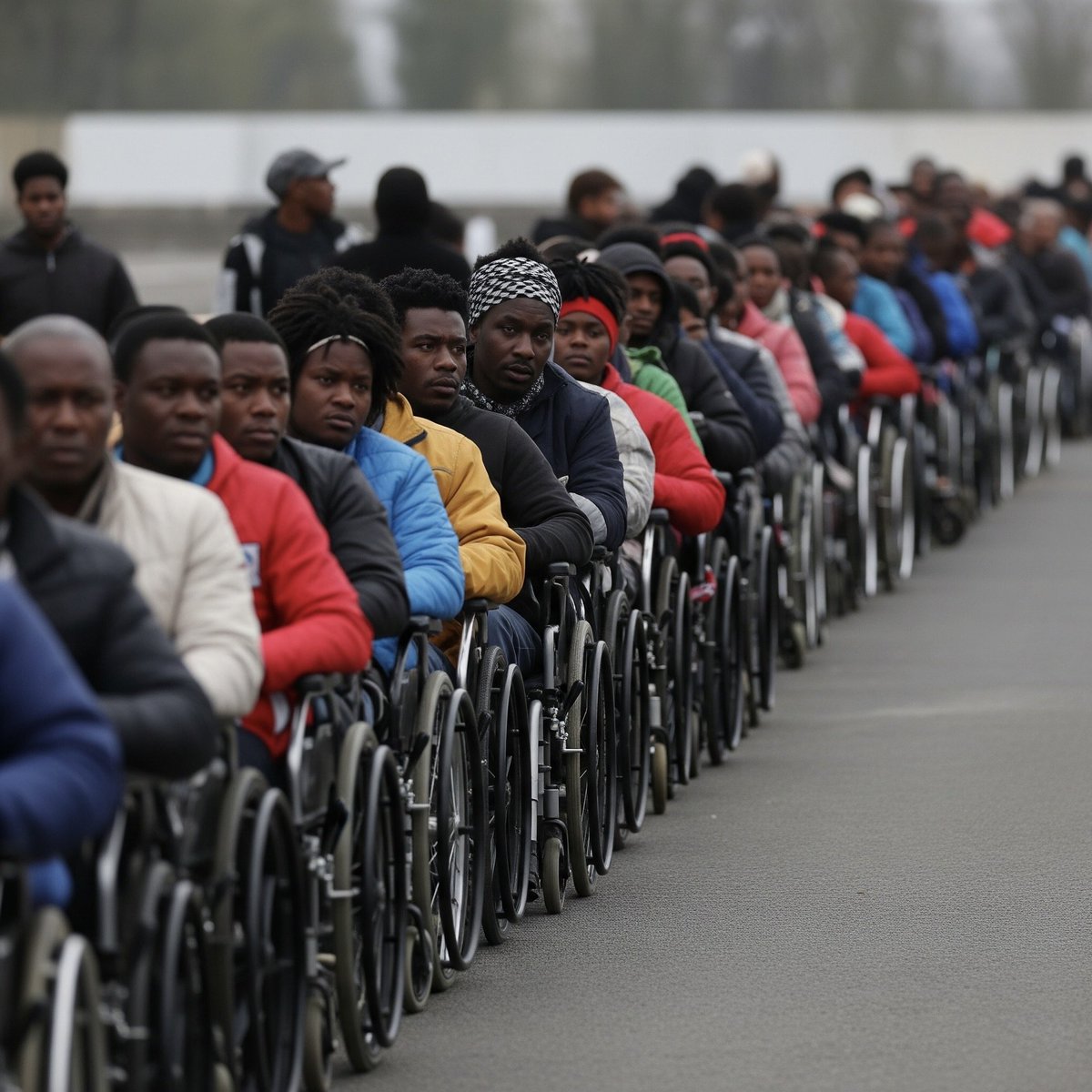
NAIROBI – What began as a presidential order to shoot protesters in the legs has evolved into one of Kenya’s most potent forms of digital resistance, as citizens transform state violence into satirical ammunition against the very leadership that threatened them.
President William Ruto’s Wednesday directive – “Whoever is found burning and destroying properties should be shot in the leg, taken to hospital and when healed, taken to court” – has backfired spectacularly, spawning a meme revolution that has redefined how Kenyans express political dissent in the digital age.
Within hours of Ruto’s statement, social media platforms erupted with creative mockery.
The ruling United Democratic Alliance (UDA) party’s wheelbarrow symbol – once representing progress and development – was reimagined as a wheelchair, a darkly comic commentary on the president’s threat to literally disable his critics.
TikTok users have produced elaborate skits showing young protesters tying pillows around their legs before heading to demonstrations, while others have created parody advertisements for “Protester Leg Protection Plans” complete with discounted crutches and bullet wound insurance.
The creativity extends beyond mere mockery.
Former Deputy President Rigathi Gachagua shared an AI-generated image of crowds on crutches, declaring: “This is the war on the people who made him president. Instead of listening to their cries, he wants to cripple them.”
The phenomenon has created its own lexicon. “Wheelliam Ruto” has become the president’s unofficial nickname, while hashtags like #LegShotPolicy, #WheelchairEconomy, and #RutoTheCrippler have dominated trending topics across platforms.
Social media user Victor Kiprotich captured the generational shift in political expression: “We soldier on now has a different meaning in Kenya after Wheelliam Ruto’s shoot-the-legs directive. We are not our parents.”
This isn’t just digital noise – it’s a sophisticated form of political resistance that bypasses traditional media gatekeepers and state censorship.
The memes serve multiple functions: they ridicule authority, build solidarity among dissidents, and create a shared language of resistance that transcends ethnic and class divisions.
Youth activist Fred Osoro articulated the gravity beneath the humor: “Ruto has crippled the economy, now he is crippling the youth. His order to shoot protesters in the legs is unacceptable. It risks fatalities, unnecessary injuries and unjust killings. It violates our right to peaceful assembly.”
Political analyst Wanjiru Gikonyo frames the meme culture as more than entertainment: “This is not just comedy – it’s political resistance. When citizens feel they can’t be heard, they use humour and imagery to fight back.”
The satirical response represents a generational shift in how Kenyans engage with power. Where previous generations might have relied on traditional forms of protest or remained silent, today’s digital natives are weaponizing humor to expose the absurdity of authoritarian overreach.
The meme phenomenon reveals something profound about contemporary political discourse: ridicule can be more damaging to authority than direct confrontation.
By transforming Ruto’s threat into a source of national comedy, Kenyans have effectively neutered its intended intimidation effect.
The imagery of young voters on crutches heading to the 2027 elections serves as both prophecy and warning – a reminder that political violence often backfires on those who deploy it.
The memes suggest that rather than silencing dissent, Ruto’s directive has energized a new form of opposition that is harder to suppress and more difficult to ignore.
This episode demonstrates how digital platforms have democratized political commentary, allowing ordinary citizens to shape national discourse without traditional media intermediaries. The speed and creativity of the response suggest a politically engaged population that refuses to be intimidated by threats of violence.
The transformation of Ruto’s directive from threat to meme represents more than just internet humor – it’s a masterclass in how digital natives can flip the script on authoritarian rhetoric, turning state violence into a source of state ridicule.
As Kenya grapples with economic hardship and political tension, the meme movement offers a glimpse into how future political battles might be fought: not just in the streets or at ballot boxes, but in the digital spaces where humor and outrage combine to create new forms of resistance that are as viral as they are vital.
Kenya Insights allows guest blogging, if you want to be published on Kenya’s most authoritative and accurate blog, have an expose, news TIPS, story angles, human interest stories, drop us an email on [email protected] or via Telegram
-

 Business2 weeks ago
Business2 weeks agoSAFARICOM’S M-SHWARI MELTDOWN: TERRIFIED KENYANS FLEE AS BILLIONS VANISH INTO DIGITAL BLACK HOLE
-
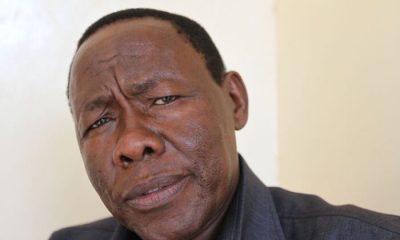
 Business2 weeks ago
Business2 weeks agoLloyd Masika Probed for Fraud as Stanbic Bank Exposed for Incompetence in Due Diligence
-

 News1 week ago
News1 week agoHow A Fake Firm Was Awarded A Sh230 Million Tender By Kiambu County
-

 News1 week ago
News1 week agoLANDLORD FROM HELL: Daniel Agili Ojijo’s Empire of Evictions, Unpaid Wages, and Sham Auctions Leaves Trail of Terrorized Tenants
-
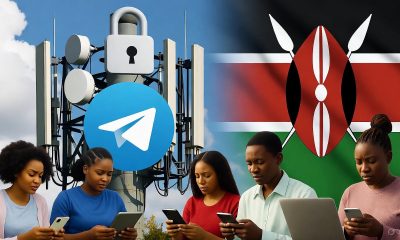
 Business1 week ago
Business1 week agoSafaricom Blocks Telegram Access in Kenya
-

 News2 weeks ago
News2 weeks agoTop Lawyers Unite to Oust Justice Wasilwa After Police Recruitment Ruling
-

 Investigations2 weeks ago
Investigations2 weeks agoThe Mess Of Former Lands Boss Gachanja As EACC Recovers Sh2.8 Billion Public Land Grabbed By JJ Kamotho
-

 Business2 weeks ago
Business2 weeks agoEXPOSED: How A 20-Year-Old University Student Breached Sidian Bank’s Security Fortress and Walked Away With KSh 7.8 Million

